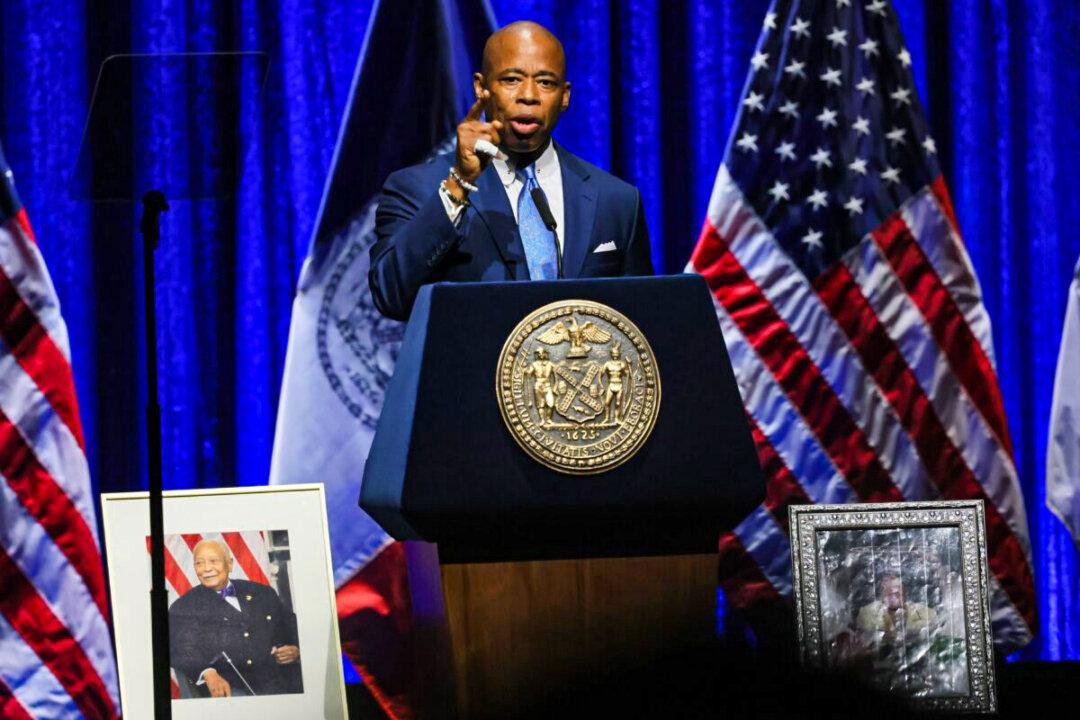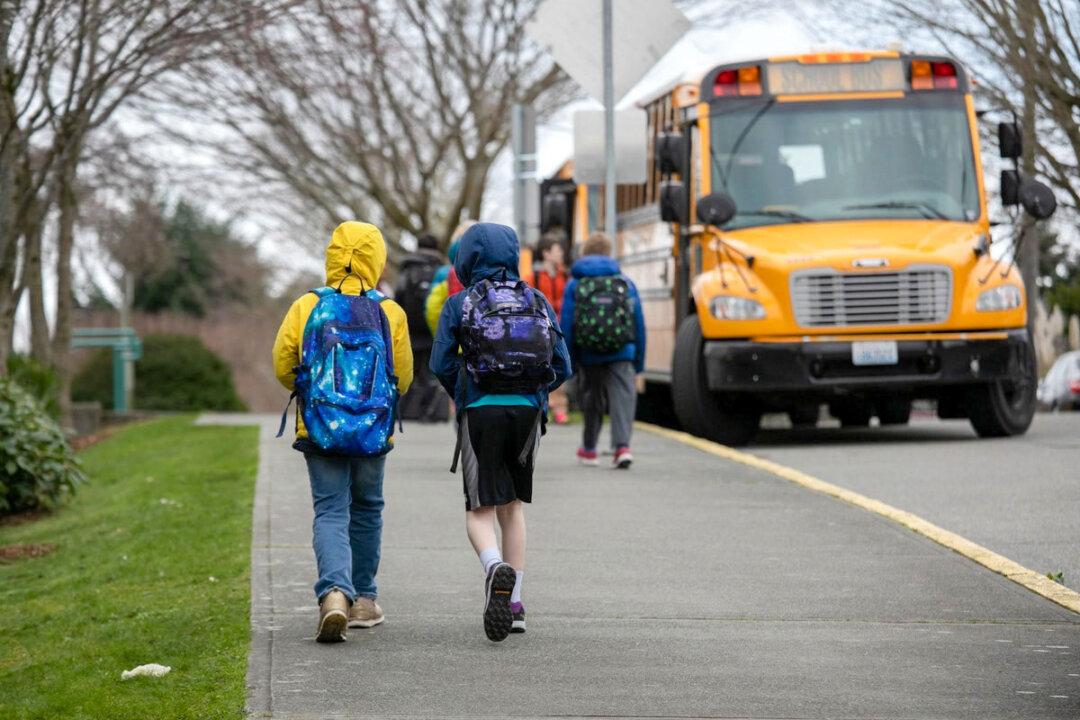Mayor Eric Adams’ plan to save accelerated education in New York City from progressive critics begins with students like Cassy Thime’s daughter: a black second-grader who would thrive in a gifted classroom that today includes few kids of color.
“She’s a top student and a gifted program will give her a more rigorous education and push her to excel,” said Thime, who has a doctorate in education and lives in Queens. “Now she has classmates who can’t even read.”






